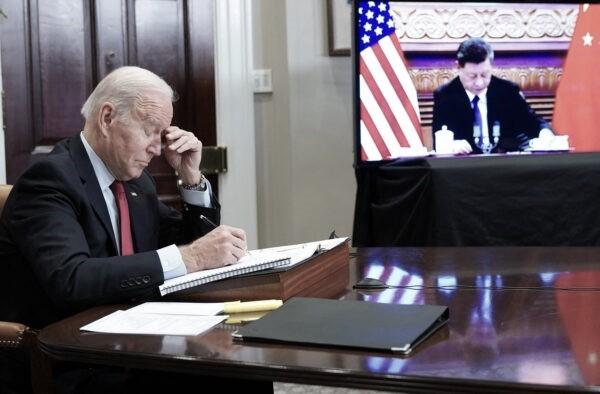Commentary
Beijing’s “balloon warfare operations” against North American targets—believed to be launched from a number of sites in Inner Mongolia—may have proven strategically counterproductive at a critical moment for China.

Beijing’s “balloon warfare operations” against North American targets—believed to be launched from a number of sites in Inner Mongolia—may have proven strategically counterproductive at a critical moment for China.